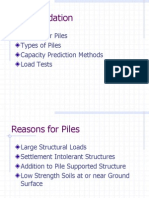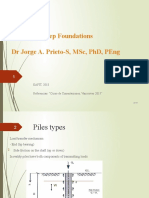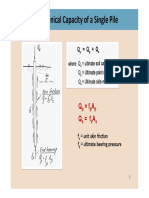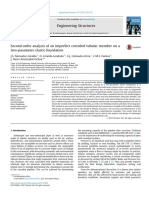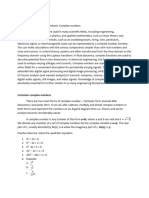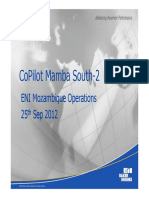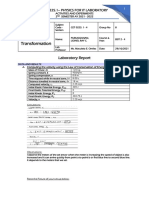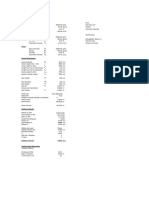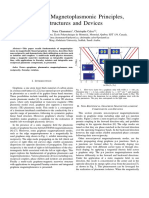0% found this document useful (0 votes)
77 views60 pagesIntroduction To Static Analysis
This document provides an introduction to static analysis methods for estimating the capacity of piles in cohesionless soils. It discusses three common methods: the Meyerhof method uses empirical correlations with SPT N-values; the Brown method also uses SPT N60 values correlated with load tests; and the Nordlund method uses semi-empirical charts to estimate soil friction resistance along the pile shaft. The designer must understand the basis, limitations, and appropriate applications of the chosen static analysis method.
Uploaded by
Gabriel ColoradoCopyright
© © All Rights Reserved
We take content rights seriously. If you suspect this is your content, claim it here.
Available Formats
Download as PDF, TXT or read online on Scribd
0% found this document useful (0 votes)
77 views60 pagesIntroduction To Static Analysis
This document provides an introduction to static analysis methods for estimating the capacity of piles in cohesionless soils. It discusses three common methods: the Meyerhof method uses empirical correlations with SPT N-values; the Brown method also uses SPT N60 values correlated with load tests; and the Nordlund method uses semi-empirical charts to estimate soil friction resistance along the pile shaft. The designer must understand the basis, limitations, and appropriate applications of the chosen static analysis method.
Uploaded by
Gabriel ColoradoCopyright
© © All Rights Reserved
We take content rights seriously. If you suspect this is your content, claim it here.
Available Formats
Download as PDF, TXT or read online on Scribd
/ 60





